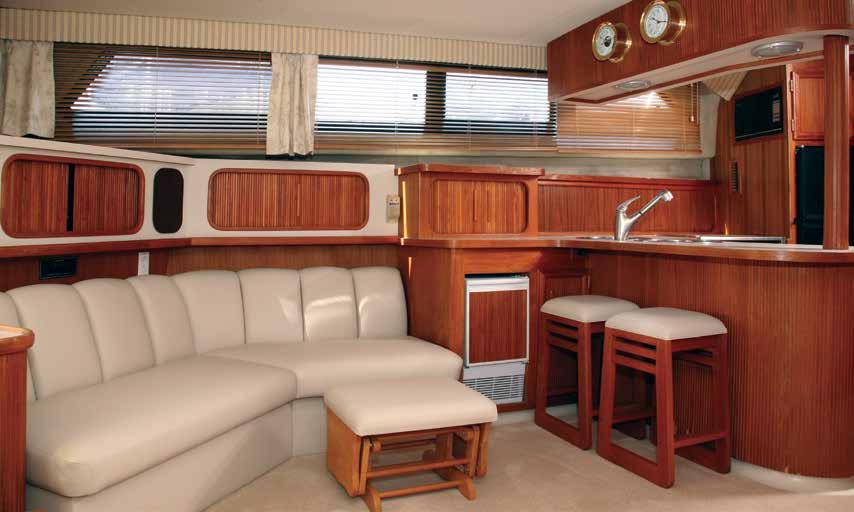
5 minute read
WEST COAST CANVAS PROVES VALUE OF REINVENTION
from Raven Issue No. 22
The ability of a business to reinvent itself with changing times is a strategic fundamental often championed but seldom achieved. An exception is West Coast Canvas of Lodi, Calif., which went into the recession as one type of business and re-emerged with a fresh new focus.
“With the recession, we hit a brick wall starting in 2008, and we thought the world was coming to an end,” said Curt Page, owner of West Coast Canvas. “But, while I was attending a boat show at the Marin Yacht Club in July 2010, I saw people smiling and happy; these were large boat owners. Driving home that night I realized I had it totally wrong and we had to refocus the business on larger boats.”
Advertisement
Page began to network with yacht clubs and large boat owners in the affluent San Francisco Bay area, which is connected to Lodi by the Sacramento-San Joaquin Delta in the northern portion of California’s Central Valley. Work began to pick up, and he had found his opportunity for re-invention: West Coast Canvas would focus on boats of 40 feet and larger and become a go-to resource for major renovations for affluent yacht owners in the San Francisco Bay area.
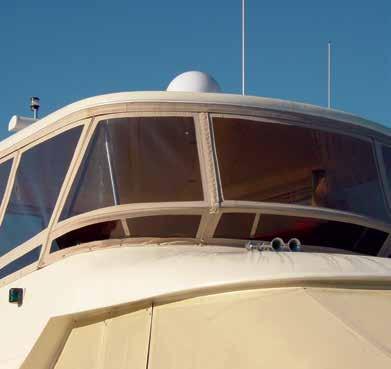
“We had always worked on larger boats, but we began to really focus on this niche and how we could do more than just small projects such as replacing windows,” he said. “I began to spend time with the key people and market our business in a personal way – commodores, port captains, yacht clubs. I got to know them and showed them what we can do, and the business grew. We also improved our website and ran targeted small space ads.”
The ability to change and adapt has been part of the West Coast Canvas DNA from the company’s founding. Page was 19 years old in 1981 when he began working with a canvas shop and was assigned to manage a satellite location. After only six months, the owner decided he no longer wanted the second location, and Page was offered an opportunity to buy out the business.
In the early days, West Coast Canvas focused on basic marine canvas work, including biminis and boat covers for small fishing boats and runabouts. Page added new services based on customers’ needs – upholstery, cushions, carpet, wood trim and electrical. His strategy has been to hire craftspeople, cross-train his staff and encourage everyone to learn together.
“The word ‘no’ is not in my vocabulary,” he said. “I’ve tried to identify my customers’ needs and we’ve added services so we can now do a total refit for a boat owner. There’s no need for them to go anywhere else. We can do it all here.”
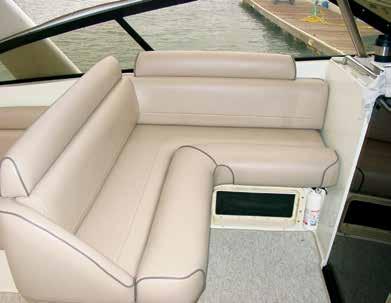
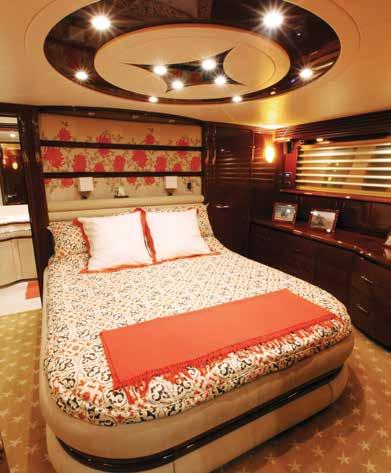
As a comprehensive resource, West Coast Canvas is a leader in major yacht upfits, specializing in customizing, repairing and restoring larger boats both inside and out. Product offerings include biminis, covers, enclosures, on-deck cushions, interior upholstery, headliners, curtains, electronic gear, wood flooring and cabinetry.
Page remains hands-on in working with customers in design, planning and service while networking throughout the Bay area and with his industry partners. Among trusted advisors and supply chain partners are Eric Christensen, west coast marketing representative with Glen Raven Custom Fabrics, Brian Holian, western regional sales manager with Trivantage, and Mike Price, Trivantage account representative.
“Curt is successful because he’s willing to shift gears so his business adapts to the ever changing economic conditions of Northern California,” Holian said. “Curt has surrounded himself with key trusted employees who produce the highest quality of craftsmanship and deliver top notch customer service.”
In addition to a leadership position in the marine market, West Coast Canvas also has a residential awning and upholstery service that represents about 10 percent of the business.
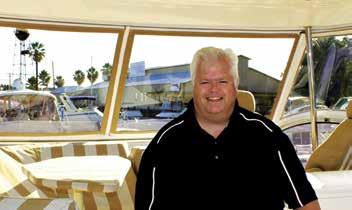
“My marine business is based on relationships, and we get a lot of repeat business from our boat customers,” Page said. “These same boat owners are also customers for our fixed and retractable awnings, umbrellas and cushions for high-end casual furniture. I’ve always believed why go looking for new customers when you have existing customers that you can do more for.”
While Page would never want to relive the challenges of the recession, he says his business is stronger today as a result.
“We came out of the recession more efficient and with a better focus,” he said. “My outlook continues to be expansive with more training and hiring for the future.”
WHERE ARE SHADE PRODUCTS HEADED NEXT?
Everyone is interested in the next big idea that will change the world as we know it, including Glen Raven and its many awning and shade products customers. To gain insights into where shade applications may be headed next, Glen Raven Custom Fabrics for the second year in a row sponsored the “Future of Shade,” an international design competition promoted by Architizer, a leading information resource for architects.
“Over the past two years, the Future of Shade competition offered us a glimpse into the minds of architects and designers as they contemplate shade applications for the future,” said Gina Wicker, design and creative director for Glen Raven Custom Fabrics. “We were encouraged by the number of entries this year from all around the world. It shows that shading is a topic of interest to the design community, which will help us drive innovation in the category.”
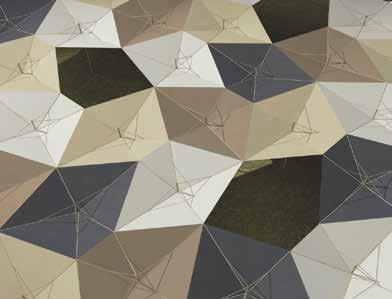
The winner of this year’s competition was Hong Kong-based architect Tony Leung and his Xafari Modular Rainwater Harvesting Pavilion. Leung conceived of inverted, retractable “un-brellas” made of Sunbrella® fabrics to catch rainwater and funnel it through pipes into buried storage bottles that can be drawn from using a lever pump.
“Xafari masterfully created shade while simultaneously creating a water-harvesting device,” said Architizer’s Marc Kushner, who with fellow jury members Fred Bernstein, an architecture critic, and Scott Campbell, president of Rainier Industries, chose the winning designs. “It’s inspiring to see an architect take one provocation, shade, and spin that into a holistic solution with so many ancillary benefits.”
Leung, who graduated from the University of Hong Kong and earned a master’s degree from University College in London, has been teaching architectural studio for 13 years while guiding renovation works, including seven integrated child- and youth-center projects.
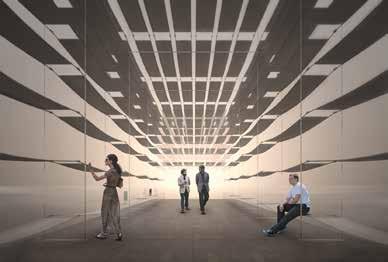
“My starting point for the design was to find a benefit, in addition to shading and decoration,” he said. “I remembered seeing people using plastic sheets collecting rainwater in wilderness areas and developing countries, and this project evolved from there. An umbrellalike structure was selected because it’s a primary form of tensile structure: low-tech, lightweight, foldable, easy to assemble and transport.”
In addition to Leung’s winning entry, judges awarded honorablemention recognition to two entries: Joao Araujo Sousa, architects in Portugal that created a structure of glass incorporating flags of Sunbrella fabrics, and Rojkind Arquitectos, an architectural firm in Mexico that conceptualized fabric structures for a hotel near Mexico City.
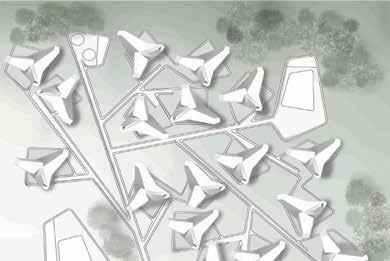
Winning Entry
Xafari Modular Rainwater Harvesting Pavilion Tony Leung, Architect, Hong Kong
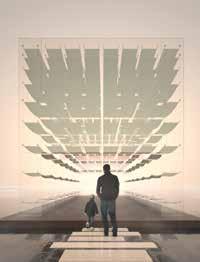
Xafari is a modular rainwater-harvesting pavilion. Rainwater is collected in retractable “un-brellas” and funneled through pipes to buried storage bottles, which can be drawn from by using a lever pump. Fabricated with Sunbrella fabrics, these ‘un-brellas’ offer UV protection, durability, waterproofing and ease of cleaning, and also provide temporary shelter for emergencies. Similar to an inverted umbrella, metal ribs and stretchers in these modules are retractable. Materials such as bamboo or rattan could also be used.
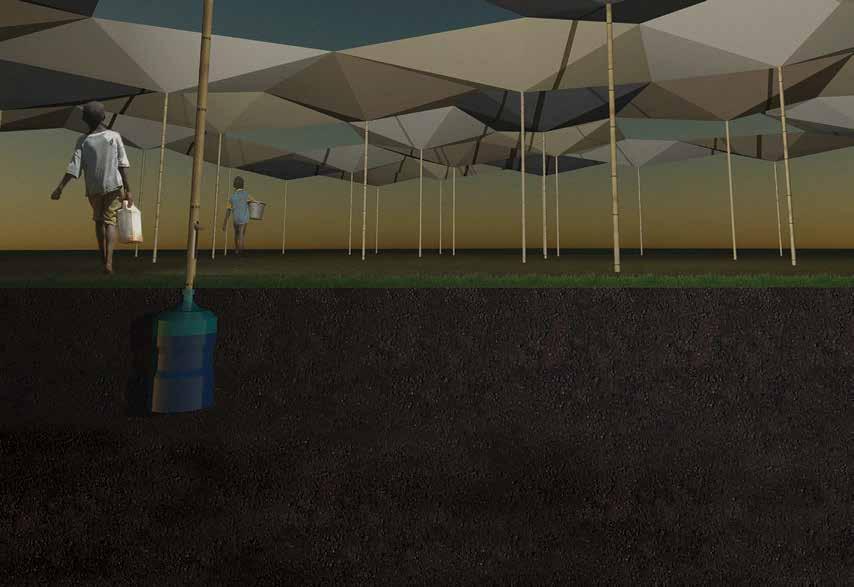
Honorable Mention
Yanay Hotel Rojkind Arquitectos, Architects, Mexico
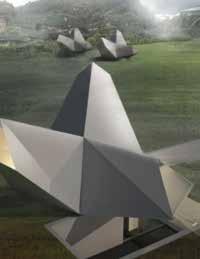
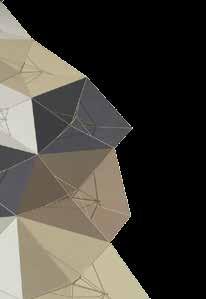
This holistic boutique hotel dedicated to introspection, meditation and self-knowledge is an hour south of Mexico City. The driving force behind this project was to highlight the connection between earth and sky and to capture the energy of the site. A series of sunken paths carved into the ground and lined in stone lead the way to the 19 rooms. The rooms are a playful reinterpretation of the traditional fabric tent, each composed of a stone base that contrasts with a light, irregularly shaped fabric structure that makes the main body of the guest room.
Honorable Mention
Flagship Joao Araujo Sousa, Architects, Portugal
Inspired by ancient sailing ships, Flagship combines 240 flags made of Sunbrella marine fabrics inside a transparent glass structure. In addition to lighting and color effects, the spatial rhythm created by the flags and glass offers a strong perspective when viewed throughout the building. The flags enable a clear perspective of the surroundings at the bottom, with a vertical progression that provides protection from the elements. The lower strips allow sitting and lounging around the building’s facades.
On the web at www.sunbrella.com/futureofshade.










